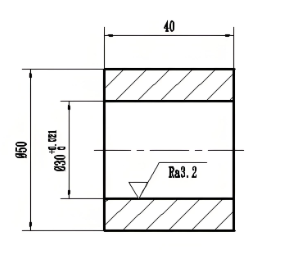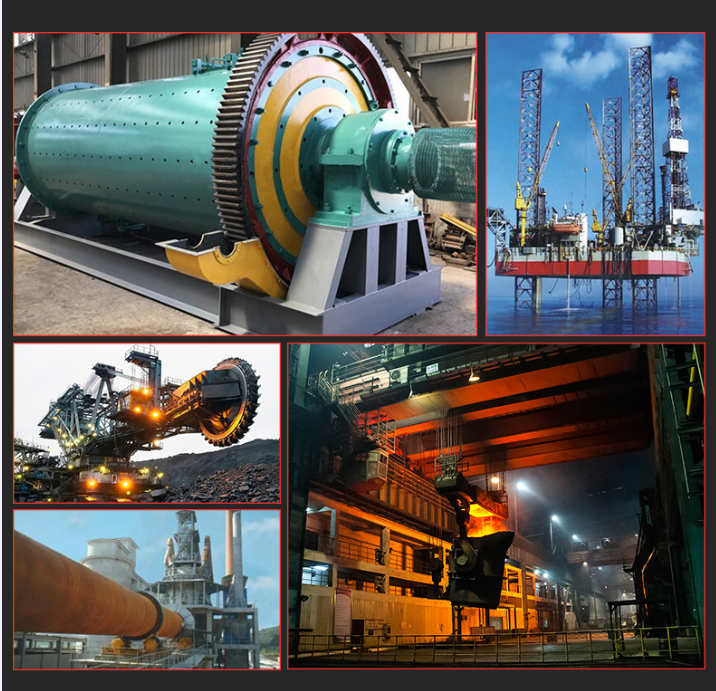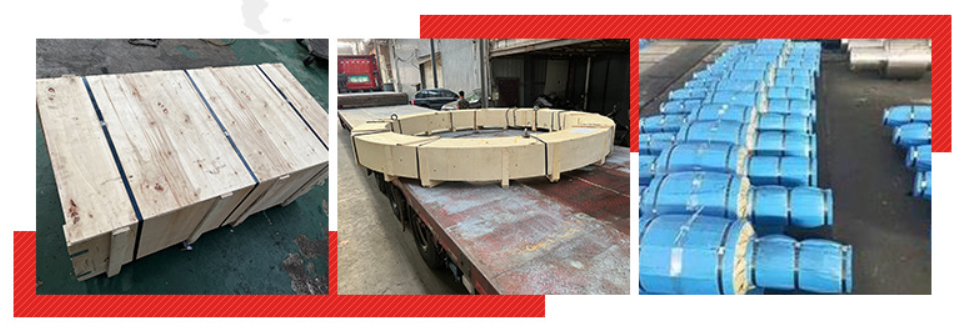The forged oil cylinder used in a three-way machine
The forged oil cylinder used in a three-way machine
1. Definition
The forged oil cylinder in a three-way machine is a crucial component that facilitates the hydraulic movement and operation of the machine. It is designed to handle the pressures involved in hydraulic systems and ensure smooth functioning.
2. Materials
These oil cylinders are typically made from:
Carbon Steel: Commonly used for its strength and ductility, suitable for general applications.
Alloy Steel: Such as 4140 or 4340, which provides enhanced toughness and strength for high-pressure applications.
Stainless Steel: For environments where corrosion resistance is necessary.
3. Manufacturing Process
Forging: The steel is heated and shaped under high pressure, which refines the grain structure and enhances mechanical properties.
Machining: After forging, the oil cylinder is machined to achieve precise dimensions and surface finishes, ensuring proper fit and sealing.
Heat Treatment: Processes like quenching and tempering may be applied to optimize the hardness and performance of the cylinder.
4. Applications
Forged oil cylinders are commonly used in:
Hydraulic Systems: For actuating mechanisms in various types of machinery, including presses and lifts.
Construction Equipment: In equipment where hydraulic power is necessary for lifting and moving heavy loads.
Industrial Machinery: In systems requiring precise control and movement.
5. Advantages
High Strength and Durability: Forged components can withstand high pressures and stresses, making them ideal for demanding applications.
Improved Integrity: The forging process results in fewer defects and a more uniform structure compared to cast parts.
Corrosion Resistance: When made from stainless steel, these cylinders offer excellent protection against rust and environmental degradation.
Customizability: Can be designed to meet specific dimensional and performance requirements.
Data Needed for Quotation
1) Your own drawing
2) Your requirement on material and necessary dimensional data
3) Ask for recommend

Processing Materials
| Case Hardened Comparison Table | |||||||
| GB | ГOCT | EN | DIN | W.N. | JIS | AISI/SAE | |
| 15CrMn | 16MnCr5 | 16MnCr5 | 1.7131 | 5115 | |||
| 20CrMn | 20MnCr5 | 20MnCr5 | 1.7147 | 5120 | |||
| 12CrMo | 12XM | 13CrMo44 | 1.7335 | 4119 | |||
| 15CrMo | 15XM | 15CrMo5 | 1.7262 | SCM415 | |||
| 20CrMo | 20XM | 20CrMo5 | 1.7264 | SCM420 | 4118 | ||
| 25CrMo | 30XM | 25CrMo4 | 1.7218 | ||||
| 30CrMo | SCM430 | 4130 | |||||
| 35CrMo | 35XM | 34CrMo4 | 1.722 | SCM435 | 4135 | ||
| 42CrMo | EN19 | 42CrMo4 | 1.7225 | SCM440 | 4140 | ||
| 50CrMo4 | 1.7228 | ||||||
| 40Cr | 40X | 41Cr4 | |||||
| 38XC | |||||||
| 25Cr2MoV | 25X2M1Φ | 24CrMoV55 | 1.7733 | ||||
| 50CrVA | 50CrV4 | 1.8159 | SUP10 | ||||
| 31CrMoV9 | 1.8519 | ||||||
| GCr15 | 100Cr6 | 100Cr6 | 1.3505 | 52100 | |||
| 20CrNiMo | 20XHM | 20NiCrMo2-2 | 21NiCrMo2 | 1.6523 | SNCM220 | 8620 | |
| 20XH3A | |||||||
| 20X2H4A | |||||||
| 17CrNiMo6 | 1.6587 | ||||||
| 18CrNiMo7-6 | 1.6587 | ||||||
| 34CrNiMo6 | 1.6582 | VCN150 | |||||
| 34NiCrMo16 | 35NiCrMo16 | 1.2766 | |||||
| 30CrNiMo8 | 1.658 | VCN200 | |||||
| 39NiCrMo3 | 1.651 | ||||||
| 34CrAlNi7 | 1.855 | ||||||
| 38CrMoAl | 38X2MОA | 41CrAlMo7 | 1.8509 | ||||
| 40CrNiMo | EN24 | 40NiCrMo8-4 | 1.6562 | SNCM439 | 4340 | ||
| 40CrNi | 40XH | 40NiCr6 | 1.5711 | ||||
| 20CrMnMo | 18XTM | SCM421 | |||||
| 40CrMnMo | 40XTM | SCM440 | |||||
| 30XTCA | |||||||
| 38XTH | |||||||
| 40XH2MA | |||||||
| 40X2H2MA | |||||||
| 38XH3MA | |||||||
| 38XH3MΦA | |||||||
Processing technology:

Application areas:
Automotive transmissions, medical equipment, metallurgical machinery, lifting equipment, ore equipment, power equipment, light industry equipment, etc

Packaging :




_1733312730.jpg)